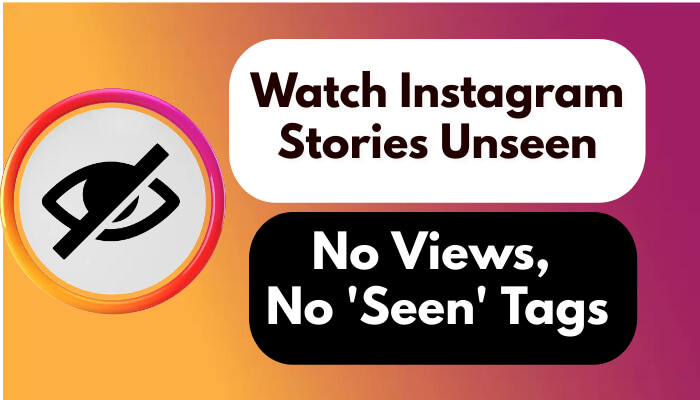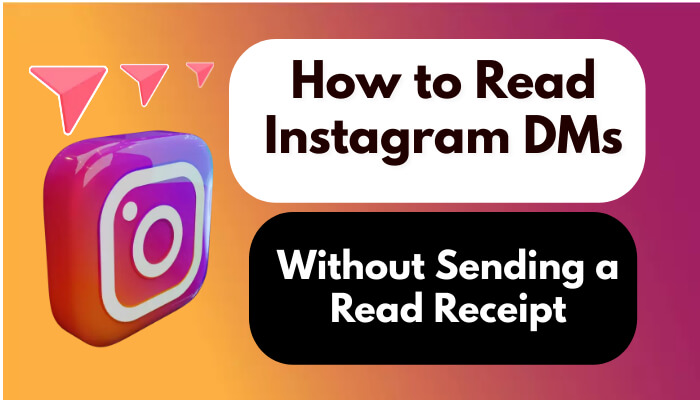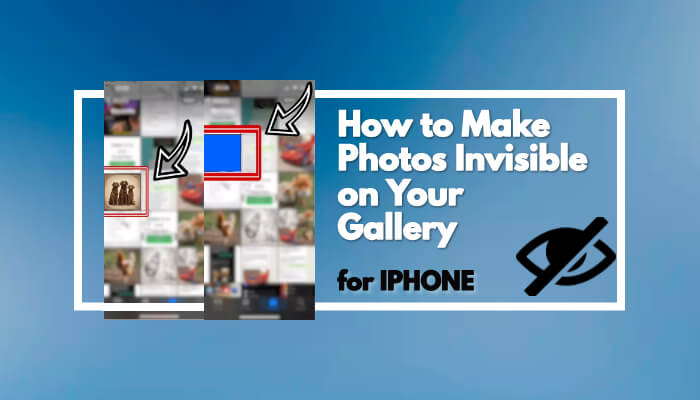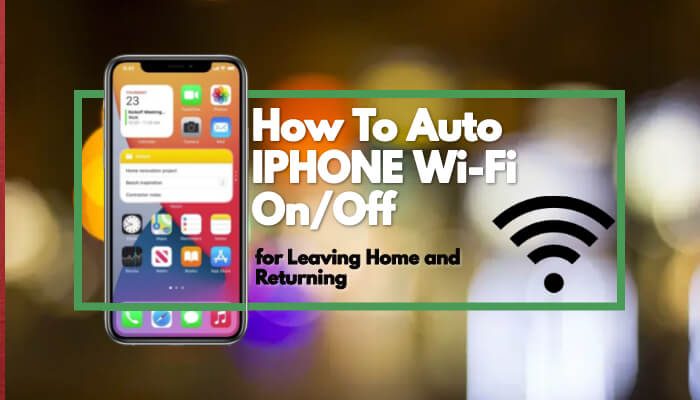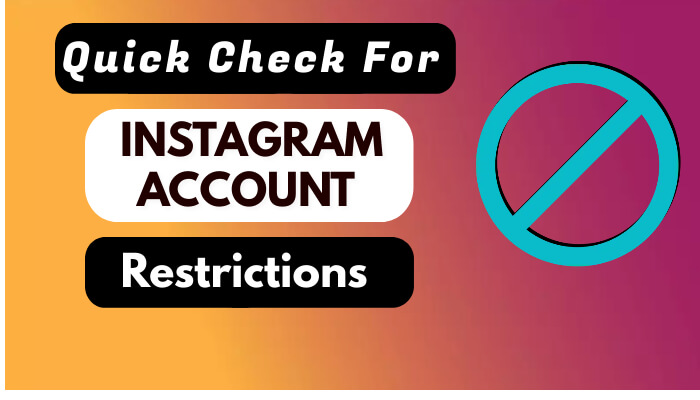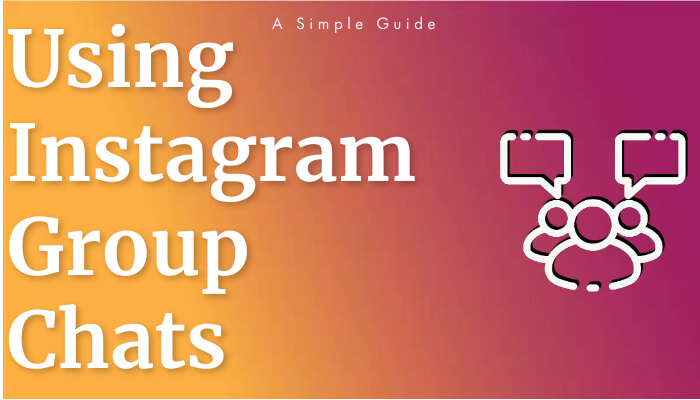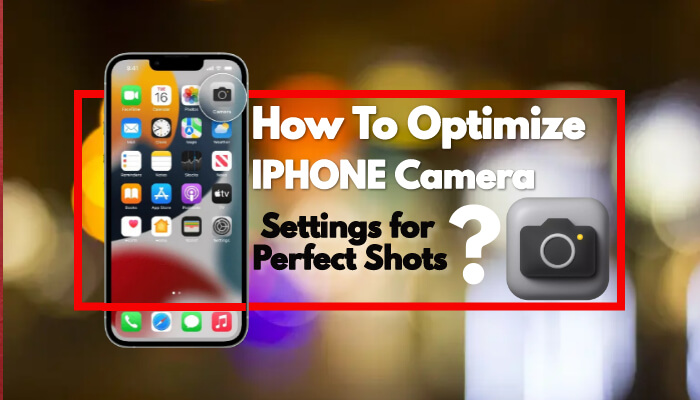
With privacy concerns at an all-time high, staying informed about WhatsApp's privacy settings is crucial. This platform provides multiple options to secure your personal space, including profile information settings, last seen status adjustments, and data sharing management. Here, we delve into harnessing these settings for a more secure WhatsApp experience.
Mastering WhatsApp Privacy Settings
WhatsApp empowers users to manage their digital footprint with customizable privacy settings. You can dictate who sees your profile details—restricting it to everyone, your contacts, or no one. This control extends to your 'last seen' status and read receipts, allowing for a tailored approach to privacy.
Blocking unwanted contacts is another robust feature. It prevents specific individuals from messaging you or viewing your personal information. Additionally, managing data sharing with Facebook is possible through the settings, letting you decide the extent of information shared with the parent company.
By tweaking who can add you to groups, you maintain autonomy over your group chat participation, avoiding unsolicited group additions. These adjustments collectively enhance your privacy and control over your WhatsApp experience.
Optimizing Privacy Customization
Customizing your privacy on WhatsApp is vital in the digital age. From profile visibility to group chat controls, these settings ensure that your private information remains just that—private. Adjusting who sees your profile photo and status, and managing message receipts, puts you in the driver's seat of your privacy.
Integrating two-step verification is a significant stride in safeguarding your account. This feature, requiring a unique PIN upon new logins, fortifies your account against unauthorized access, providing peace of mind in your digital interactions.
Strengthening Security with Two-step Verification
Enhancing security on WhatsApp is imperative, and two-step verification is your digital padlock. This feature, requiring a six-digit code in addition to your standard login, acts as a strong deterrent to potential intruders.
Setting up two-step verification is straightforward and adds a robust layer of security to your account. It's a preventive measure that ensures your private conversations remain secure, even if your phone is compromised.
Controlling Data Sharing on WhatsApp
WhatsApp's convenience comes with a need for vigilance in data sharing. The app's default settings might share more than you're comfortable with, but you have the power to change that. Adjusting settings related to your contacts, profile visibility, and status shares is key to maintaining your digital sovereignty.
Enabling two-step verification is a significant step in protecting your account. It acts as a secondary barrier, preventing unauthorized access to your conversations. Staying updated with WhatsApp's privacy policy changes is also crucial in managing how your data is handled.
By actively managing your data sharing settings and staying informed about privacy policies, you can enjoy a more secure messaging experience on WhatsApp.
To ensure your WhatsApp privacy is not compromised:
- Control your profile information: Manage who can see your profile picture, status, and about information.
- Manage your last seen status: Choose who can see when you were last active on WhatsApp.
- Block unwanted contacts: Prevent specific individuals from messaging you and viewing your profile information.
- Limit data sharing with Facebook: Control how your WhatsApp data is shared with Facebook for a tailored social experience.
- Control group chat additions: Manage who can add you to WhatsApp groups, ensuring you only participate in groups that you approve of.
- Toggle read receipts: Decide if you want others to know when you've read their messages.
Adopting these measures can significantly tighten your WhatsApp security, providing a safer platform to communicate.
